Content |
|---|
Characteristics "Azawakh (Tuareg Sloughi)"
Coexistence is important that you have with your new friend. Before considering the acquisition of a dog of the breed "Azawakh (Tuareg Sloughi)" you know certain factors. Not all breeds of dogs are apt to live in an apartment, you must take into account his character, their need for exercise, their interaction with other pets, their care and if you have small children, their level of tolerance towards them.
Adaptation ⓘ3,0 of 5 stars (based on 1 review)
|
friendly dog ⓘ2,0 of 5 stars (based on 1 review)
|
hair loss ⓘ2,0 of 5 stars (based on 1 review)
|
|---|---|---|
Affection level ⓘ4,0 of 5 stars (based on 1 review)
|
Need for exercise ⓘ4,0 of 5 stars (based on 1 review)
|
Social need ⓘ2,0 of 5 stars (based on 1 review)
|
Home ⓘ3,0 of 5 stars (based on 1 review)
|
Toilet ⓘ1,0 of 5 stars (based on 1 review)
|
Friendly with strangers ⓘ2,0 of 5 stars (based on 1 review)
|
barking ⓘ2,0 of 5 stars (based on 1 review)
|
Health ⓘ3,0 of 5 stars (based on 1 review)
|
Territorial ⓘ4,0 of 5 stars (based on 1 review)
|
Cat friendly ⓘ2,0 of 5 stars (based on 1 review)
|
Intelligence ⓘ3,0 of 5 stars (based on 1 review)
|
Versatility ⓘ3,0 of 5 stars (based on 1 review)
|
Child friendly ⓘ2,0 of 5 stars (based on 1 review)
|
Surveillance ⓘ3,0 of 5 stars (based on 1 review)
|
joy ⓘ3,0 of 5 stars (based on 1 review)
|
History
The Azawakh (Tuareg Sloughi), It is a breed of dog of the type "Short-haired sighthounds", native to africa. It is also known by other names: Hanshee, Oska, Rawondu, Bareeru, Wulo, Tuareg Sloughi.
This breed could be defined as a Sighthound African Afroasiatic model which appeared in Europe in the year 1970, from the middle basin of the Niger (Mali) and in particular of the Valley of the Azawakh. For centuries it has been the inseparable companion of sub-Saharan nomads.
Something curious is that the Azawakh possesses a rare allele of glucose isomerase (GPIB) It is produced only in foxes, jackals, Italian wolves, dogs Sloughi and other rare breed dogs not related to him Azawakh, and they are, mainly, in Japan.
Recent scientific studies of a genetic protein and the blood of Azawakh, added to archaeological studies and direct observation of packs, have thrown some ideas about the origin of the breed Azawakh contemporary. One of them says that, come from the stray dog population of sub-Saharan Africa, and, also among her ancestors is the Basenji and the Sloughi from the Maghreb. Despite the morphological similarities, mitochondrial DNA tests show that only very distantly, is related to other dogs.
As a whole, this evidence suggests that the dog population Azawakh count with one unique gene pool What, It has been kept pure, perhaps by having been largely isolated from the populations of other dog breeds, for thousands of years.
Physical characteristics
Its morphology is very similar to that of the Middle Eastern greyhound and some Indian hounds., Although there are several obvious differences. As for example, a very short and smooth mantle, nearly absent in the womb; and hind legs longer than the height with the front to the cross. Moves with a walk, clearly, feline and can be found in a wide variety of colors, in degraded, striped, Although the format is, basically, a solid color.
The Azawakh, is a slim dog, elegant and his eyes the color of almonds, give fair air of sweetness to your eyes.
The standard rules, they require a dog from 15 to 25 kg, and with a height of 61 to 74 cm.. Her bone structure is, clearly, through the skin and like your muscles. His muscles are usually said, they are "dry", which means that they are very flat, Unlike in the Greyhound and the Whippet (they have showy, rounded muscle). In this sense (muscle), is more similar to the Saluki.
"Azawakh (Tuareg Sloughi)" |
||
|---|---|---|
In Africa, a variety of colors are found in dogs Azawakh, How to be red, beige, blue, grey, and, black and blue rarely. As well, White machitas can be found in different colours (not many). Due to this color variation in the entire native population of Azawakh, the American standard used by the AKC and UKC allows for any combination of the colors found in Africa.
In United States, the standard of FCI It has been modified to have no restrictions on color. The colors allowed in the breed standard according to the FCI, These are sand or light to dark beige; brown, Red and striped (with or without, dark mask), with pechera whitetip, the tail and white on the legs (It can be on the tip of the toes or middle high). In the news, white stockings that go above the elbow joint is considered a disqualifying characteristic in France, as well as a white or half collar collar (the strong Irish).
The Azawakh It is a very good dog for hunting. They are very agile, and despite pretend fragility, they are very hardy dogs and are usually very fast curing injuries caused by their vigorous careers.
Similar to the Tibetan Mastiff (Do-Khy) and the Basenji, the dog Azawakh usually a zeal to the year. Y, so the puppies born healthy, the norm says that the animal should not be assisted in childbirth. The size of the litters tend to be of 4 to 6 Puppies, but it can have litters as small as a puppy and as large as eight.
Character and skills
The Azawakh, you need a fairly high level of exercise and be able to do regular runs in large indoor enclosures to expend energy… They often dig holes in the garden, if you feel bored or overflowing with energy.
They are excellent training companions for runners and they are nearly impervious to heat. They withstand very high temperatures (typical of desert areas), temperatures that would kill any other greyhound...
The Azawakh that live in packs live and orient themselves in social forms of complex hierarchies. They have tremendous memories and are able to recognize each other after long periods of separation.. They are often found sleeping snuggled up to each other for warmth and company..
the Azawakh is lively, attentive, reserved and little sociable with strangers, with whom you can be aggressive if it feels threatened its integrity or that of his master. He is very affectionate with those to what he considers his friends. They need a master which will give them a firm but fair leadership education.
Unlike other Sighthounds, the main function of the Azawakh in his homeland is that of Protector and guardian of cattle (and people). They tend to develop an intense bond with their owner., Although they are very independent dog, Although very attached to their masters for all corporate.
to most of the Azawakh, they don't like rain and cold at all.
With the known and accepted by the family, the Azawakh they are very kind and loving, show reserved with strangers, suspicious and prefer not to bring, not to be touched, but they are not aggressive, as we said, unless they see or feel threatened.
Observations
Initially, It was considered a variety of the Arabian Greyhound..
Education
The Azawakhs they are proud and independent. They respond well to positive reinforcement techniques, But heavy-handed methods or punishments will make them shut down, resist or even be aggressive. But, with the right teacher who gives them the right motivation, learn quickly and easily.
On the other hand, may show adaptation difficulties (for example, when changing ownership, move to another house, etc.). Thus, puppies need extensive socialization with people, new places and situations. This process must continue throughout your life, even after becoming adults.
Health
The Azawakh it is a resistant dog that does not have a special predisposition to certain diseases.
But, due to its short coat and extreme thinness, not the best choice for people who live in humid or cold climates. In general, covering him with a dog coat or fleece can help maintain his body temperature when he is out in winter. Inside, you need a padded pad to rest your bony body.
Life expectancy
12 years
Grooming
The short coat of the Azawakh requires little maintenance. A weekly brushing is enough.
It also, the Azawakh he is not known for losing a lot of hair.
It also, it is not necessary to bathe the dog: not only does it not develop a doggy odor, but even when it gets dirty in the mud, you just have to wait for it to dry and then remove the residue with a vigorous brushing.
Food
In Africa, the Azawakh share his masters' ration and get his share of the hunt after the hunt.
Historically, have been used to a low-protein, rice-based diet, millet and goat's milk. Thus, you are prone to digestive problems if you eat a large amount of protein-rich foods, as with many dog ​​foods.
The breeders of Azawakh recommend a diet with a 9% fat and a 22% protein. They also recommend 3-4 small meals a day, since the dog becomes gluttonous if he only eats once a day.
It also, this dog appreciates occasional servings of starchy food, like pasta and brown rice, as well as fruit and vegetables (bananas, carrots, etc.).
Last, critics who point to his thinness as a sign of malnutrition must understand that this dog is built for speed and cannot be fat. Standards call for thin skin stretched over a bony, muscular frame.
Use
The Azawakh has long been used by Sahelian tribes as a hare hunting dog, antelopes and wild boars.
It is also used as a watchdog and companion..
It also, in the western world, stand out in the canirun, a leisure run consisting of chasing a mechanically controlled artificial lure.
Last, these skinny dogs, muscular and resistant they are excellent companions for runners and globetrotters.
«Azawakh» images
Azawakh Videos
Type and recognitions:
- FCI CLASSIFICATION:
- Group :
- Section : . .
Federations:
- FCI – Group 10: Section 3: Short-haired Sighthounds ⓘ
- El American Kennel Club (AKC) – Hounds ⓘ
- Standard KC (The Kennel Club) – Hound ⓘ
- Standard UKC (United Kennel Club) – Sighthound and Pariah ⓘ
FCI breed standard "Azawakh (Tuareg Sloughi)"
Use:
Greyhound hunting by sight (Gazelles, hares, ostrich) and for the fight against predators (jackal hyenas, Lions). Nomads consider him an important companion in their domestic life and in camp life.
General appearance:
Particularly slim and elegant, the Azawakh greyhound gives the overall impression of great finesse. Its bone conformation and musculature are perceived under its thin and dry skin. The body of this greyhound is inscribed within a rectangle whose long side is vertical..
IMPORTANT PROPORTIONS:
- Height to the cross / scapulo-ischial length: 10-9 (this ratio may be slightly lower in females).
- Height to the cross / chest depth: 10-4.
- Head length / nose length: 10-5.
- Head length / skull width: 10-4.
Quick, attentive, distant; can be reserved with strangers, but he knows how to be loving and affectionate in a family environment and with the people he is willing to accept.
Head:
Long, fine, dry and chiseled, Quite thin, without excess.- Skull: Almost flat, rather elongated with a width clearly less than half the length of the head. The directions of the craniofacial axes (forehead and muzzle line) are sometimes somewhat divergent. The superciliary arches and the frontal sulcus are little marked. The external occipital protrusion is clearly marked.
- Stop (naso-frontal depression) : Very slightly marked
facial region:
- Truffle: Black or dark brown, nostrils wide open.
- Snout: Long, rectilinear, tuned forward without excess.
- Lips: Thin and tight, black or dark brown; lips are not hanging.
- Jaws / teeth: Long and strong jaws. Scissor bite. Complete denture.
- Cheeks: Flat.
- Eyes: Almond biscuits, quite large, slightly oblique lid opening, dark in color or, times, amber, but never blue; the edge of the eyelids well pigmented black or dark brown.
- Ears: Very high implanted. They are thin, always droopy and flat, broad at the base, glued to the cheeks, never "in the form of a rose". Its shape is that of a triangle with a slightly rounded tip. The base rises when the greyhound is attentive.
Neck:
Protruding clearly from the shoulders, long, thin and muscular, with slightly arched top profile. The skin is thin, not forming double chin.Body:
- top line: Straight, almost horizontal or rising slightly from the withers to the ends of the hips. Hips clearly protruding and at a height similar to or greater than that of the withers.
- Cross: Clearly prominent.
- Pork loin: Short and dry.
- Rump: Oblique (ideal angle: 45°).
- Breast
: High, its length descends almost to the level of the elbows, with slightly narrowed sternum region. Quite narrow windowsill. Long ribs, slightly apparent, soft and
regularly arched - Bottom line and belly: The sternal arch is accentuated. The lower line gently retracts towards the belly which is very high.
Tail:
Implemented low, long, thin, dry and sharp. Covered with the same hair as the body and, frequently, with a white spot (brush) on its limb. It falls with the tip slightly raised, but when the animal is in attention, can rise above the horizontal line.Tips
PREVIOUS MEMBERS: Long, fine, vertical. Perfect legs.
- Shoulder: Long scapula, with dry muscles; viewed in profile only slightly oblique.
- Arm: The scapulo-humeral angle is very open (130° more or less).
- Metacarpus: : Slightly oblique.
- Previous feet: Rounded, with thin and compact fingers, well arched. The pads are pigmented.
LATER MEMBERS: Long and dry, viewed from behind perfectly parallel.
- Thighs: : Long with a dry and marked musculature. The coxofemoral angle is very open (130° more or less).
- Knee: The femoro-tibial angle is very open (145° more or less).
- Metatarsus: Dry tarsus and metatarsal, No Spurs.
- Hind feet: Rounded with well arched toes and pigmented pads.
Movement:
Always very flexible and particularly high when trotting and walking. The gallop is elastic. The Azawakh gives a sublime impression of lightness and elasticity. Their movement is an essential characteristic of the breed.Mantle
- SKIN: Thin and adherent to the body.
- HAIR: Short, fine, reduced to absence under the belly.
- COLOR: Tawny, with or without brindle markings, with white markings limited to the extremities. All nuances are admitted, from light sand to dark tawny (Mahogany). Brands
brindles must be only black and any other shade is excluded. The muzzle may have a black mask. - White markings: The white mark on the face is very fickle. In the sill, the white color can appear in the form of more or less scattered white spots and limited to the base of the neck. In any case, a narrow white stripe is allowed on the front of the neck., on the chest and lower chest.
This mottling of the pectoral area should not exceed the tips of the shoulders or rise on either side of the neck. A small white spot on the nape is tolerated.
As a continuation of the white markings on the sill, white spots may appear under the chest., but never in the rib area.
Each of its four limbs necessarily has a white spot, at least in the form of a white mark on the feet.
In the case of a subject with excellent structure, a lack of white color in one of the limbs is usually tolerated. The white markings present on the forelimbs, which in most cases are irregular, In no case should they rise above the elbows or shoulders. On the other hand, the white markings present on the hindlimbs, which tend to be much more regular and less invasive, should not appear in the thigh area. But, if they appear on the inner thighs, should not be considered as a fault.
Size and weight:
HEIGHT AT THE WITHERS
- Ideal height for males: 64 - 74 cm..
- Ideal height for females: 60 - 70 cm..
tolerance +/- 2 cm..
WEIGHT:
- Males: 20 - 25 kg
- females: 15 – 20 kg
Fouls:
Any deviation from the aforementioned criteria is considered as a fault and the severity of this is considered to the degree of the deviation to the standard and its consequences on the health and well-being of the dog..
SERIOUS FAULTS:
FALTAS DESCALIFICANTES:
The latest changes are in bold.
Source: F.C.I - International Cynological FederationAlternative names:
1. Idi, Hanshee, Oska, Rawondu, Bareeru, Wulo,(formerly) Tuareg Sloughi (English).
2. Sighthound, Oska (French).
3. Idi, Osca, Tuareg-Windhund (German).
4. Tuareg Sloughi (Portuguese).
5. Tuareg Sloughi (español).

 L'Azawakh Fahim Kel Az'Amour
L'Azawakh Fahim Kel Az'Amour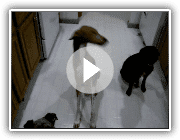 silly again azawakh
silly again azawakh ABIS 2000 Hunde VCD
ABIS 2000 Hunde VCD

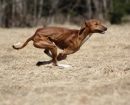
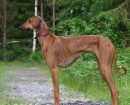
 L'Azawakh Fahim Kel Az'Amour
L'Azawakh Fahim Kel Az'Amour





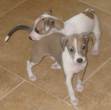
 Dogs 101: Italian Greyhound
Dogs 101: Italian Greyhound Italian Greyhound – AKC Dog Breed Series
Italian Greyhound – AKC Dog Breed Series Italian Greyhound (Italian Hound) – Breed of dog
Italian Greyhound (Italian Hound) – Breed of dog Little Italian Lebrel: elegant, light and handsome as few. Aquanatura Barcelona
Little Italian Lebrel: elegant, light and handsome as few. Aquanatura Barcelona

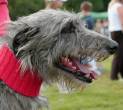
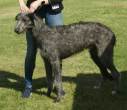



 Scottish Greyhound or Deerhound – Dog Breed
Scottish Greyhound or Deerhound – Dog Breed The Great Scottish Deerhound
The Great Scottish Deerhound Deerhound way of life at Antonius Vertragus
Deerhound way of life at Antonius Vertragus Deerhounds – Bests of Breed
Deerhounds – Bests of Breed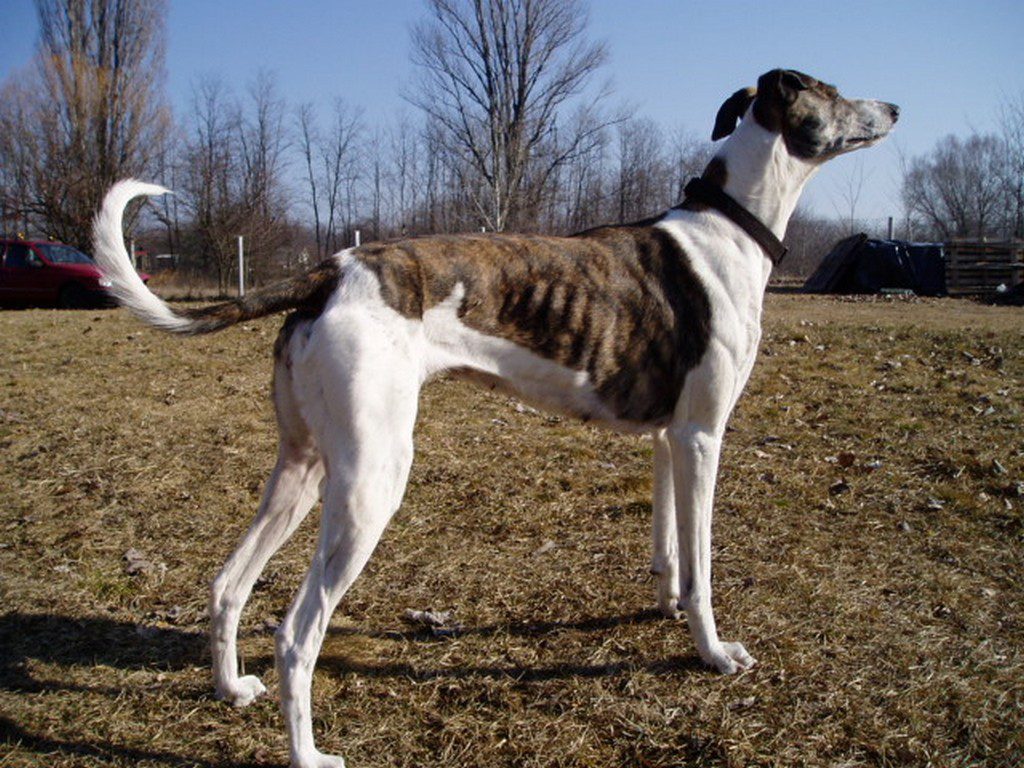
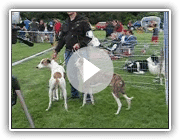






 Magyar Agár – Hungarian dog breeds (9 hungarian dogs) educational documentary
Magyar Agár – Hungarian dog breeds (9 hungarian dogs) educational documentary M5 Lexicon Hungarian Greyhound
M5 Lexicon Hungarian Greyhound Magyar Agár
Magyar Agár Hungarian Greyhound – Magyar Agar – Dog breeds
Hungarian Greyhound – Magyar Agar – Dog breeds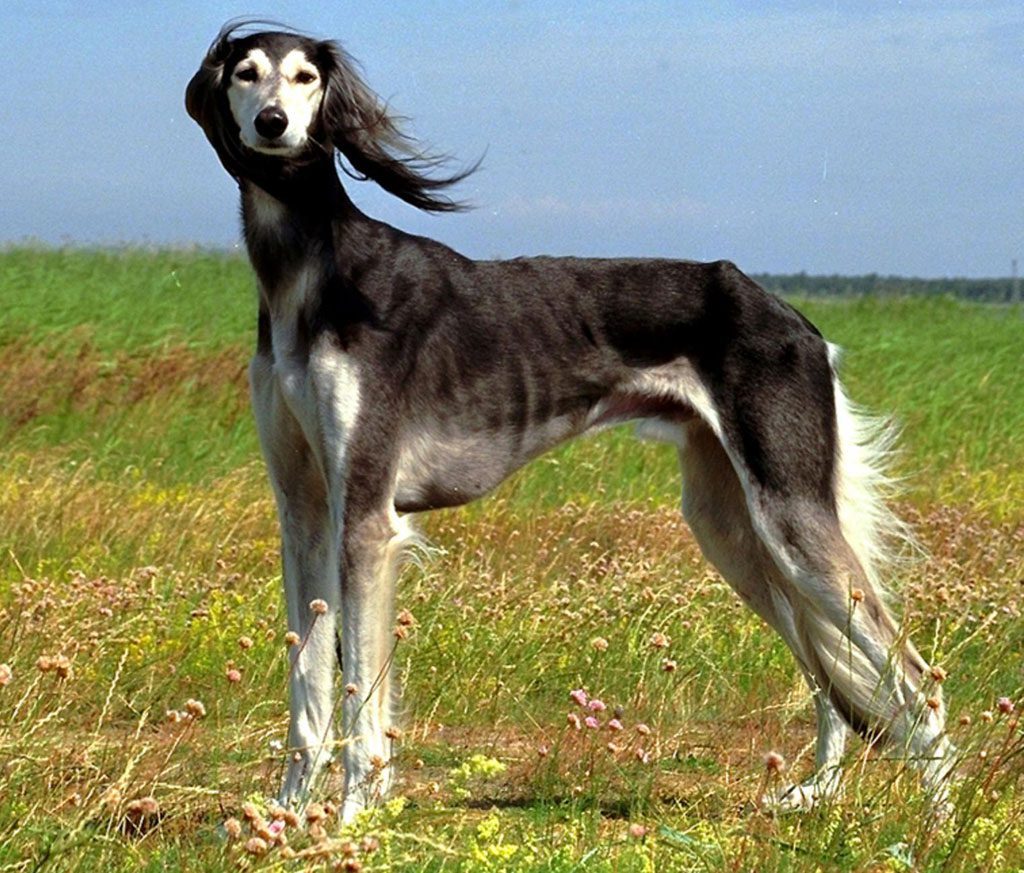
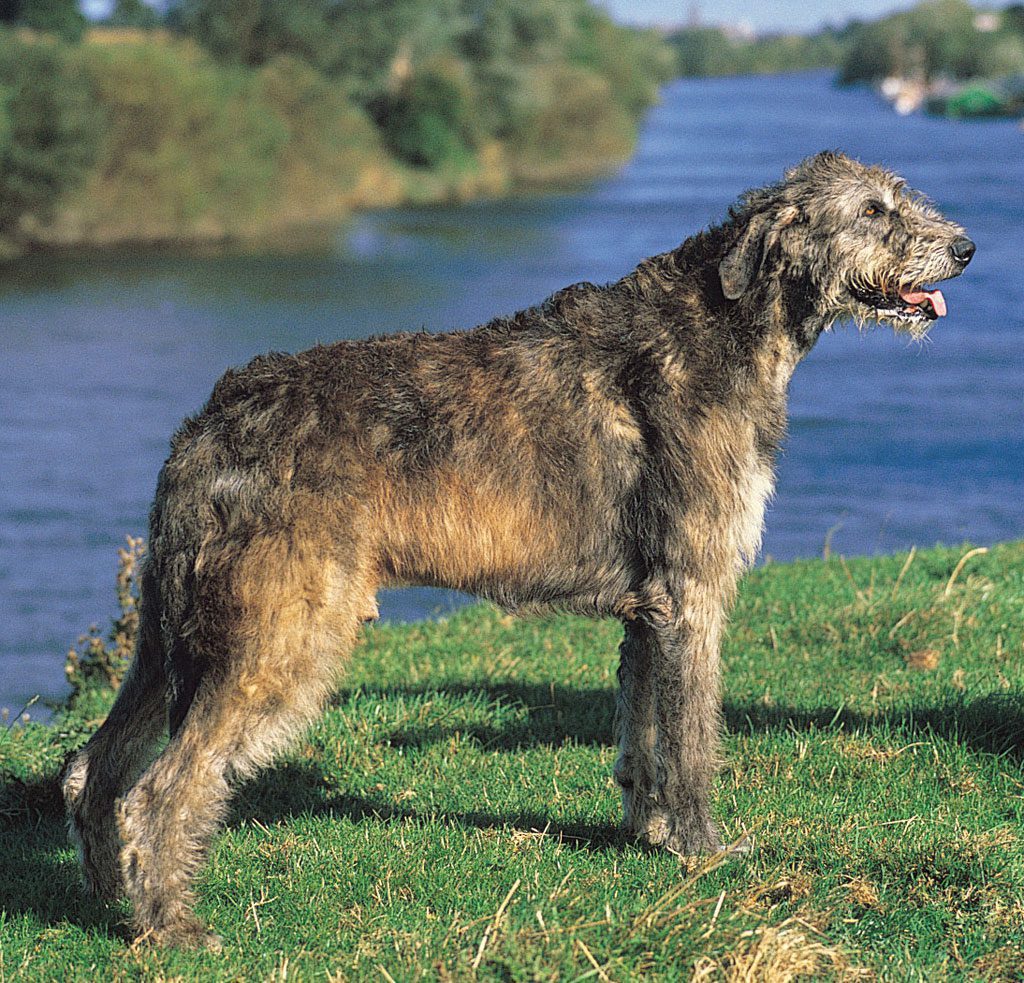





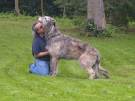
 Irish Lobero or Irish Wolfhound – homemania
Irish Lobero or Irish Wolfhound – homemania irish greyhound (Irish wolfhound) – Breed of dog
irish greyhound (Irish wolfhound) – Breed of dog EGON Lobero Irish s 6 meses Irish WolfHound
EGON Lobero Irish s 6 meses Irish WolfHound AKC Dog Breed Series – Irish Wolfhound
AKC Dog Breed Series – Irish Wolfhound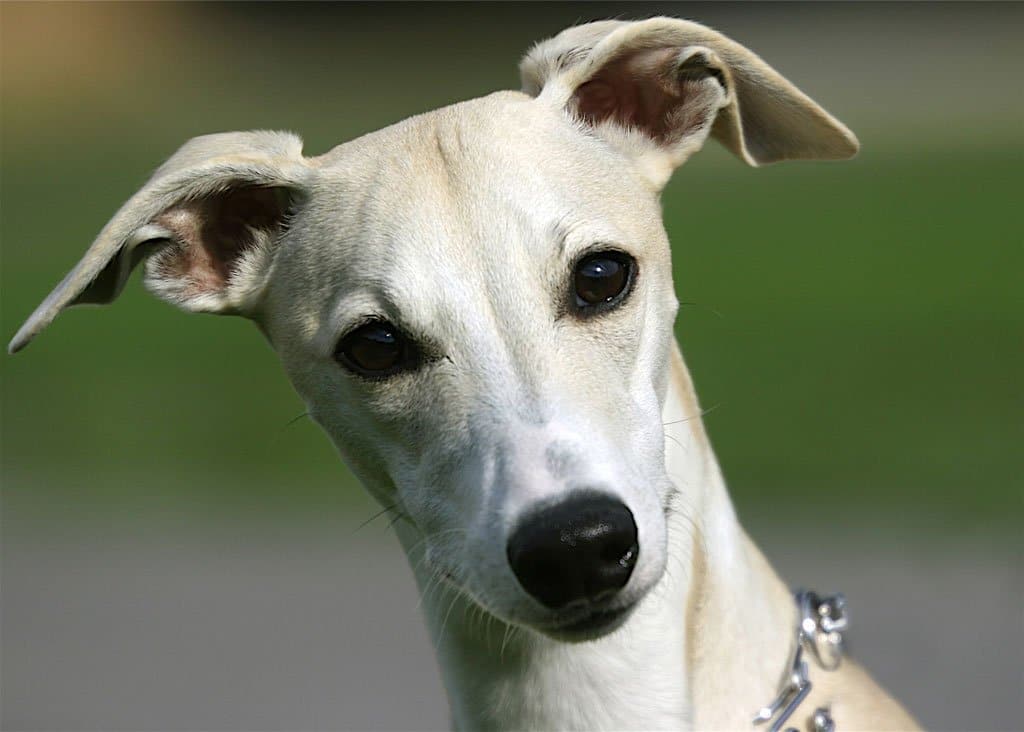




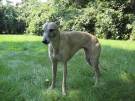

 Trustyâs Unique Shelter Journey: Pet Orphans Episode 11
Trustyâs Unique Shelter Journey: Pet Orphans Episode 11 Bassador | Bassador Playing With Black Cat | Cat Friendly Dog Breed
Bassador | Bassador Playing With Black Cat | Cat Friendly Dog Breed Boston Terrier vs. Basador
Boston Terrier vs. Basador Crazy Bassador (basset hound/labrador) playing on the couch
Crazy Bassador (basset hound/labrador) playing on the couch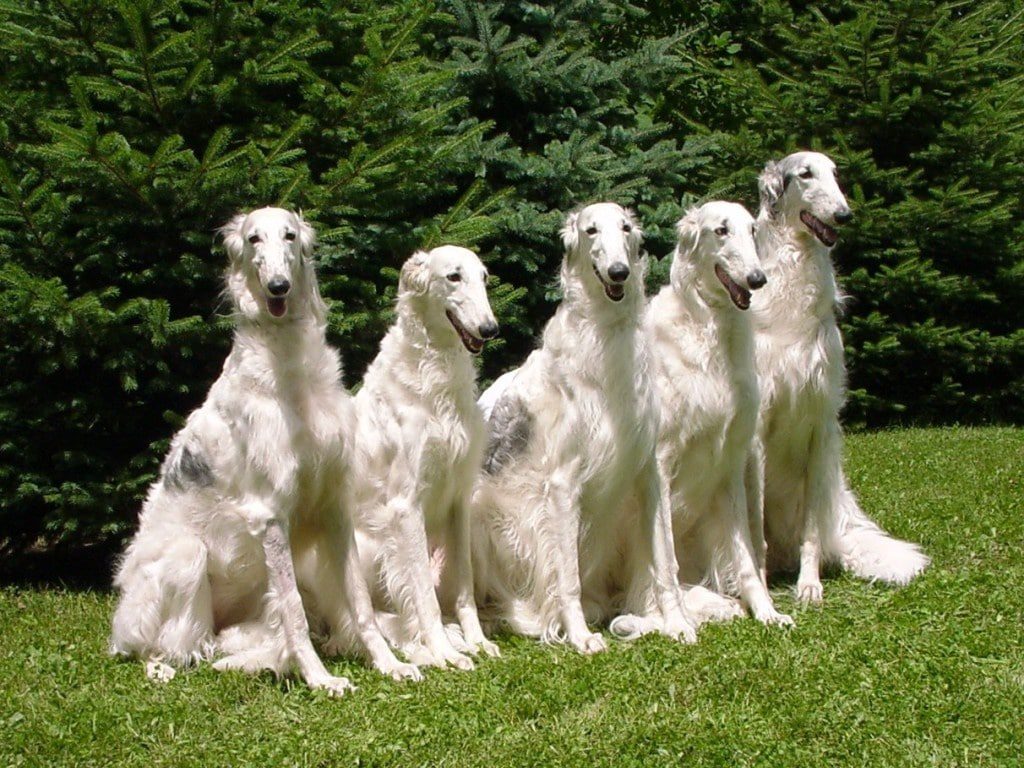



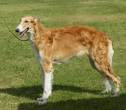
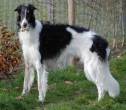

 Borzoi
Borzoi Borzoi – Russian Hunting Sighthound – AKC Dog breed series
Borzoi – Russian Hunting Sighthound – AKC Dog breed series Lucy the Borzoi wins the Hound Group | WESTMINSTER DOG SHOW (2018)| FOX SPORTS
Lucy the Borzoi wins the Hound Group | WESTMINSTER DOG SHOW (2018)| FOX SPORTS BORZOI: the RUSSIAN Greyhound dog | 5 Data and 10 Curiosities that you may not know
BORZOI: the RUSSIAN Greyhound dog | 5 Data and 10 Curiosities that you may not know